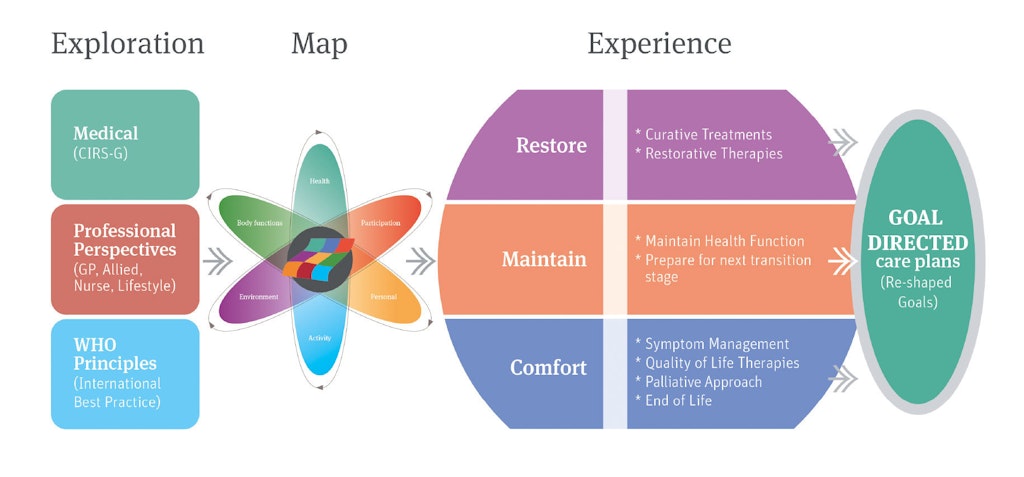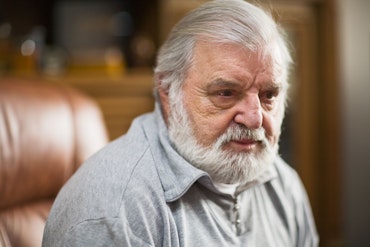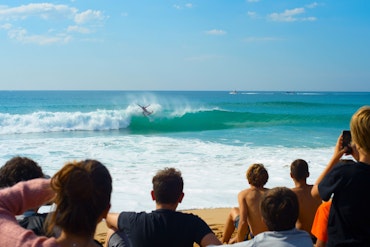Freemasons’ journey of care encourages collaboration
A pilot model of better care practice at the Royal Freemasons residential facilities in Coppin Lodge and Colbran Lodge, at the Coppin Centre Melbourne has resulted in such clearly positive outcomes it will be rolled out across other residential aged care facilities later in 2017.

The pilot model allows closer collaboration with family members (Source: Shutterstock)
Royal Freemasons has a number of services aimed at tracking, integrating and maintaining the consistency of all the medical, functional and emotional requirements and treatments of an individual customer. This starts from the moment they enter into the organisation’s care services and through all stages of their subsequent journey.
The For You For Life Tapestry pilot, run in collaboration with Royal Freemasons’ Senior Geriatrician, Associate Professor Dr Sam Scherer and other National Ageing Research Institute (NARI) investigators allows better administrative capabilities and, importantly, closer collaboration with family members.
“We found many clients and their families are ill prepared in understanding and accepting the different levels of care,” says Dr Steven Savvas, onsite senior research fellow on behalf of the National Ageing Research Institute (NARI).
Dr Savvas closely coordinated the project with Royal Freemasons’ Dr Scherer. “To address this, we developed a model of care and set of tools that provide transparency into the progression of ageing.”

The central feature of this model of care is a transition map. “Ageing is a journey the whole family partake in, where knowledge is the key support,” says Dr Savvas. “The map shows the journey as they transition through the ageing-in-place process; it indicates where they are now regarding emotional, physical and mental care needs, and maps their future pathway.”
He says the map helps those people needing care, including their families, to make better choices and encourages collaboration with those involved in the care. “It also assists in helping with the more difficult decisions, especially if the family member has dementia,” says Dr Savvas.
Dr Savvas points out that the transition map also facilitates the communication process, including health professionals and family. The Royal Freemasons’ belief is that the best outcomes occur when all people involved in the care of an individual are informed and on the same page.
“For example, a person may be at a point in their journey, such as palliative care, where end of life planning must be considered. Or perhaps the doctor may have a different approach to care than the physio or nurse,” he says. “Our innovative mapping tool ensures the whole care team are aligned.”











![The new Aged Care Act exposure draft is slated for release in December of 2023, but advocates hope to see it rolled out on January 1, 2024. [Source: Shutterstock]](https://agedcareguide-assets.imgix.net/news/articles/wp/agedcareact__0811.jpg?fm=pjpg&w=520&format=auto&q=65)












Comments